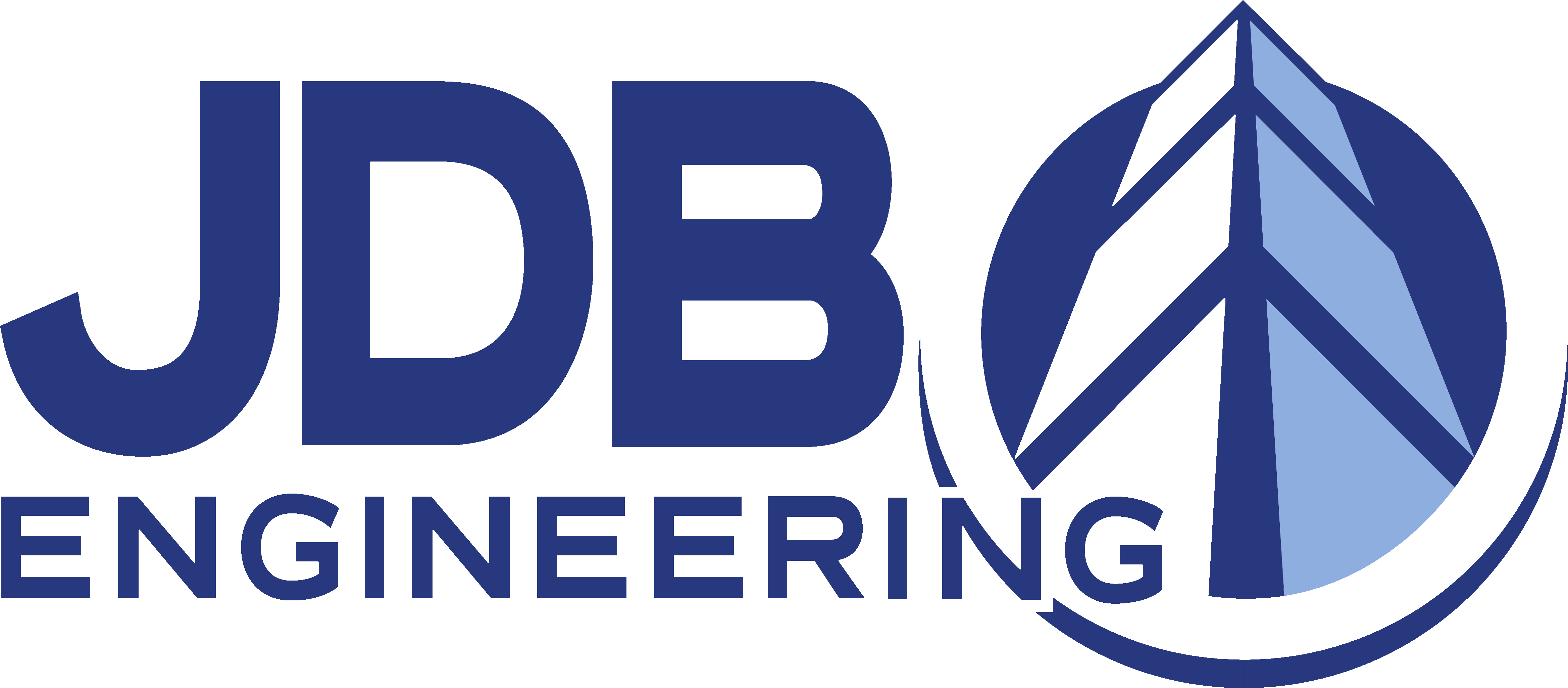By Scott D. Butcher, FSMPS, CPSM
In covering the AEC industry trends for 2013 and beyond, we’ve had two posts and four trends. The first post addressed Commoditization and Focus on Individual Team Members. The second post covered the War for Talent and Era of the Employee.
In this post we’ll look at two more trends: technology and proof of concept.
BIM Revolution
Building Information Modeling (BIM) has been considered a trend for several years, and the fact is that BIM is a reality and here to stay. Yet, BIM technology – while no longer in its infancy – is probably only in the toddler stage. On the 3D design-side, not all software programs are created equal, so while a program like Revit Architecture is pretty advanced, its MEP cousin is playing catch up. A lot of engineering firms I’ve spoken with still find that productivity is better with AutoCAD, though in fairness that program has been around a lot longer and has many more fluent users.
BIM holds great promise for taking 3D design models and integrating schedules (4D), costs (5d) and life cycle management (6D). But the technology to do this is not necessarily ready for prime time. Not all software programs play nice with one-another, and sometimes third-party programs are required to get A to talk to B.
On top of the technology challenges, there is the issue of adoption. Architecture, engineering, and construction firms have implemented BIM at varying levels – including many who haven’t yet done their first BIM project. This is changing, but until all designers and builders – including sub-contractors – are fully implemented, the true benefits of BIM will remain elusive.
Furthermore, the elephant in the room is owner adoption of Building Information Modeling. Few owners are sophisticated enough to take the detailed models and incorporate them into the everyday management of their facilities and equipment life cycles. Most owners seem to have a laissez-faire attitude, happy to realize any coordination, budget or schedule benefits, but really only caring about the final product, not how designers and constructors choose to get there. They have no use for the model after the project is completed, and thus they aren’t involved with providing vital information into the model early in the process – information that could make their facilities management lives easier if they were capable of maintaining the model after the project ended. While many owners use CAFM programs like Maximo and Archibus, few integrate them with BIM.
BIM can be a major diffentiator between competing firms, and those who can effectively sell the benefits of BIM during design and construction, and be able to demonstrate those claims are true from past project experience, still have an opportunity to stand out.
There are a lot of design firms using Revit for 3D design, but not a lot of firms that have experience with a truly integrated building model at all stages of a project. This is changing, of course, and the playing field is slowly leveling. However, it will take several more years to get there, and in the interim the AEC industry needs to do a better job educating owners about the benefits of BIM as it relates to the lifecycle of a building or system.
Evidence-Based Design & Marketing
There’s a generation – or two – of people in the workforce that still occasionally use a famous movie catchphrase, “Show me the money.” Cuba Gooding, Jr.’s football character in Jerry Maguire famously made Tom Cruise’s sports agent character shout out “Show me the money” during a telephone conversation. To many people, the phrase has become synonymous with “prove it.”
And that’s the basis for our next trend: proof of concept. Many AEC firms operating in the health care industry are already familiar with the concept of Evidence-Based Design, which Wikipedia defines as “field of study that emphasizes the importance of using credible data in order to influence the design process.” The genesis of this concept in the design and construction industry is research into how design of health care facilities could help patients by minimizing stress, creating an environment for healing, reducing length of stay, etc.
This is a really interesting concept in that it moves design and construction into a new research-based realm. Decisions made during the design process are based upon prior verifiable research.
Think of it as lessons learned on steroids.
Whereas we often talk about lessons learned from previous projects, these are mostly anecdotal, and mostly in the heads of only a few people. Evidence-Based Design, on the other hand, brings in a more formal approach to research and documentation from studies, interviews, surveys, statistical analysis, and other methodologies.
Because of the success in the health care industry, the concept has spread to other market segments. How do interior finishes impact worker productivity? Does daylight help students get better grades? In fact, the green building rating programs incorporate concepts from Evidence-Based Design, with proven methods or products earning points toward certification.
Thought-leading firms in the industry have embraced Evidence-Based Design as the next evolution of the profession. Just check out this edition of Gensler’s Dialogue, which demonstrates the breadth of their research initiatives (PDF): https://www.gensler.com/uploads/documents/D19_03_08_2011.pdf. They are conducting research across the market segments served by the company.
I believe that this trend is having a direct impact on the way we promote our firms as well, and I call it Evidence-Based Marketing. For every claim we make, the prospect is thinking, “Show me the money!” A value proposition is meaningless unless you can back it up with evidence of that value.
In a way, a testimonial letter, reference, or referral is Evidence-Based Marketing. A happy client is verifying that they had a positive experience with your firm, and your deliverables (whether design or construction) met or exceeded their expectations.
One of the recurring themes of these posts about where the design and construction industry is headed is that clients are becoming more sophisticated. And because of that, the need for “evidence” will become increasingly common – evidence of design success, evidence of marketing accuracy. Not a lot of firms are doing this. Yet. So it is a great differentiator for those that are.
What do you think? Is BIM ready for prime time, or still finding its legs? Are your clients currently asking for evidence of any kind? How will you respond when they do?



